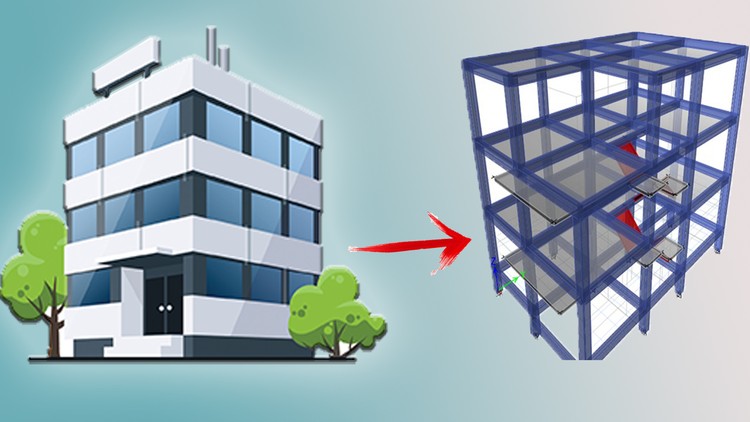Abstract
This study focuses on investigating the improved structural design, analysis, and implementation for a 7-storey building in Muhanga District, specifically in Nyamabuye City, Rwanda. The research objectives aim to assess the impact of the housing master plan, evaluate the influence of project planning, determine the effects of stakeholders' involvement, examine the impact of monitoring and evaluation, and analyze the influence of structural design and analysis on the implementation of such buildings. A quantitative research approach was employed, utilizing both descriptive and correlational research designs. Data were collected from 95 respondents using a meticulously crafted questionnaire, supplemented by interviews and secondary data from various sources. Statistical analyses were conducted using the Statistical Package for Social Sciences (SPSS) and Excel software. Findings revealed significant positive relationships between independent variables, such as housing master plans, project planning, stakeholders' involvement, monitoring and evaluation, and structural design and analysis, and the dependent variable, success implementation for a 7-storey building. These relationships highlight the critical importance of thorough project planning, stakeholder involvement, effective monitoring and evaluation, and sound structural design in achieving project success. The multiple linear regression analysis further supported these findings, demonstrating a strong positive correlation between the predictors and the success of implementing the building project. For instance, the standardized coefficient (Beta) for Housing Master Plan was 0.341 (p < 0.01), Project Planning was 0.267 (p < 0.01), Stakeholders' Involvement was 0.292 (p < 0.01), Monitoring and Evaluation was 0.254 (p < 0.01), and Structural design and analysis was 0.248 (p < 0.01). These figures indicate the significant influence of each variable on project success. Recommendations include prioritizing thorough project planning, engaging stakeholders actively, establishing robust monitoring and evaluation mechanisms, investing in sound structural design, integrating housing master plans, fostering continuous improvement, investing in training and capacity building, and promoting cross-sector collaboration.
Download PDF (+223) 77 71 82 84
(+223) 77 71 82 84 journal@edu-upafa.com
journal@edu-upafa.com






